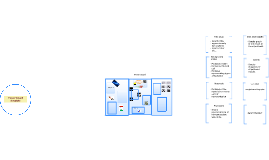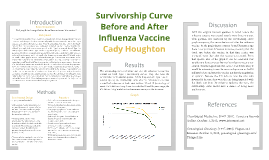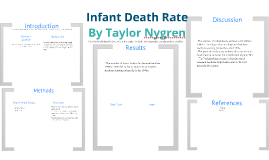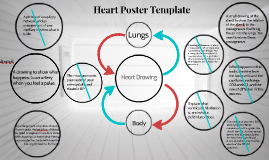Medical Research Poster Presentation
Transcript: Background of Type 2 Diabetes Type 2 diabetes is a chronic metabolic disorder characterized by insulin resistance and relative insulin deficiency. It presents significant health risks, including cardiovascular disease, especially in populations with inadequate healthcare access and awareness, such as rural areas in India. Introduction Key Findings on Obesity and Vascular Ageing Methodology and Results The study revealed a significant correlation between increased BMI and arterial stiffness, indicating that even in rural populations with low obesity, vascular health is adversely affected. Findings suggest a need for targeted health interventions in these communities. This section details the study design, population sampling, methodology utilized in pulse wave analysis, and statistical evaluation used to investigate the correlation between obesity measures and vascular ageing in Type 2 diabetics. Key findings highlight critical insights into obesity and vascular health in rural West India. This section outlines the critical aspects of Type 2 diabetes, emphasizing its correlation with obesity and vascular ageing in rural West India, a region with low prevalent obesity. Understanding these components is essential for addressing health disparities in this population. Obesity in Rural West India Study Design and Population Statistical Analysis In rural West India, obesity rates are relatively low compared to urban counterparts; however, the prevalence of undernutrition complicates health outcomes. This contradiction highlights the need for targeted interventions to address both obesity and malnutrition in diabetes management. A cross-sectional study was conducted involving Type 2 diabetics from rural regions of West India. Participants were selected based on specific inclusion criteria, focusing on those with low prevailing obesity levels to assess the correlation with vascular ageing. Statistical analyses were performed using SPSS software, employing correlation coefficients to establish relationships between obesity measures and vascular ageing. Confidence intervals were calculated to validate the significance of findings. Importance of Vascular Ageing Objectives of the Study Pulse Wave Analysis Technique The study aims to investigate the correlation between obesity measures and vascular ageing in Type 2 diabetics in rural West India. By identifying these relationships, the research seeks to inform targeted health interventions and improve patient outcomes in the community. Vascular ageing refers to the progressive deterioration of blood vessels, influencing cardiovascular health. In individuals with Type 2 diabetes, early vascular ageing can lead to increased risk of heart diseases, necessitating comprehensive assessments to mitigate risks in rural populations. Pulse wave analysis (PWA) was utilized to assess arterial stiffness and vascular ageing. This non-invasive method measures the speed of blood pressure waves through arteries, providing insight into overall vascular health among participants. Data Collection Methods Data were collected through structured interviews and clinical examinations. Key variables included obesity indices (BMI, waist circumference) and vascular health markers, ensuring comprehensive data capture for analysis. Discussion and Conclusion This section synthesizes the findings from correlating obesity measures with vascular ageing in type 2 diabetics in rural West India, highlighting the broader implications for health interventions in similar populations. Summary of Findings Interpretation of Results This study reveals a critical link between measures of obesity and vascular ageing in rural type 2 diabetics in West India. It emphasizes the necessity of recognizing and addressing vascular risks associated with diabetes to improve health outcomes in these vulnerable populations. The study found a significant correlation between obesity measures and vascular ageing in type 2 diabetics, indicating that even in low obesity prevalence settings, weight-related health risks are evident. This underscores the importance of monitoring vascular health in all demographics, regardless of obesity status. Recommendations for Future Research Comparison with Existing Literature Future studies should include larger, more diverse populations to further explore the relationship between obesity and vascular ageing. Longitudinal studies examining these correlations over time are essential for identifying intervention points for healthcare practitioners. Current findings align with previous studies indicating a strong relationship between obesity and vascular ageing. Unlike findings from regions with higher obesity, this research highlights that vascular issues can manifest even when obesity prevalence is low, expanding understanding of diabetes complications. Medical Research Poster Presentation Implications for Rural Health The results highlight pressing health challenges in rural regions where diabetes

















